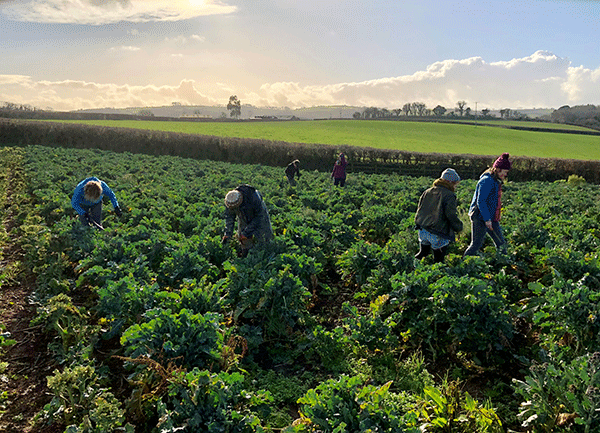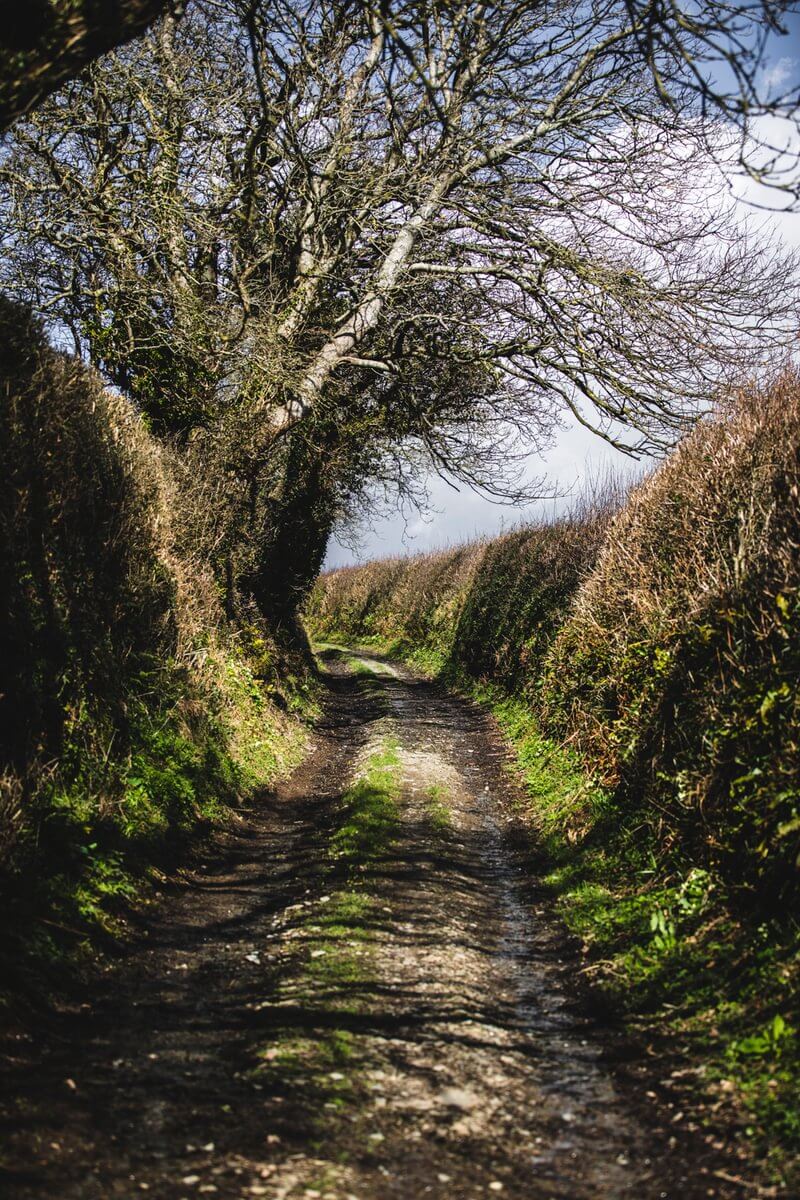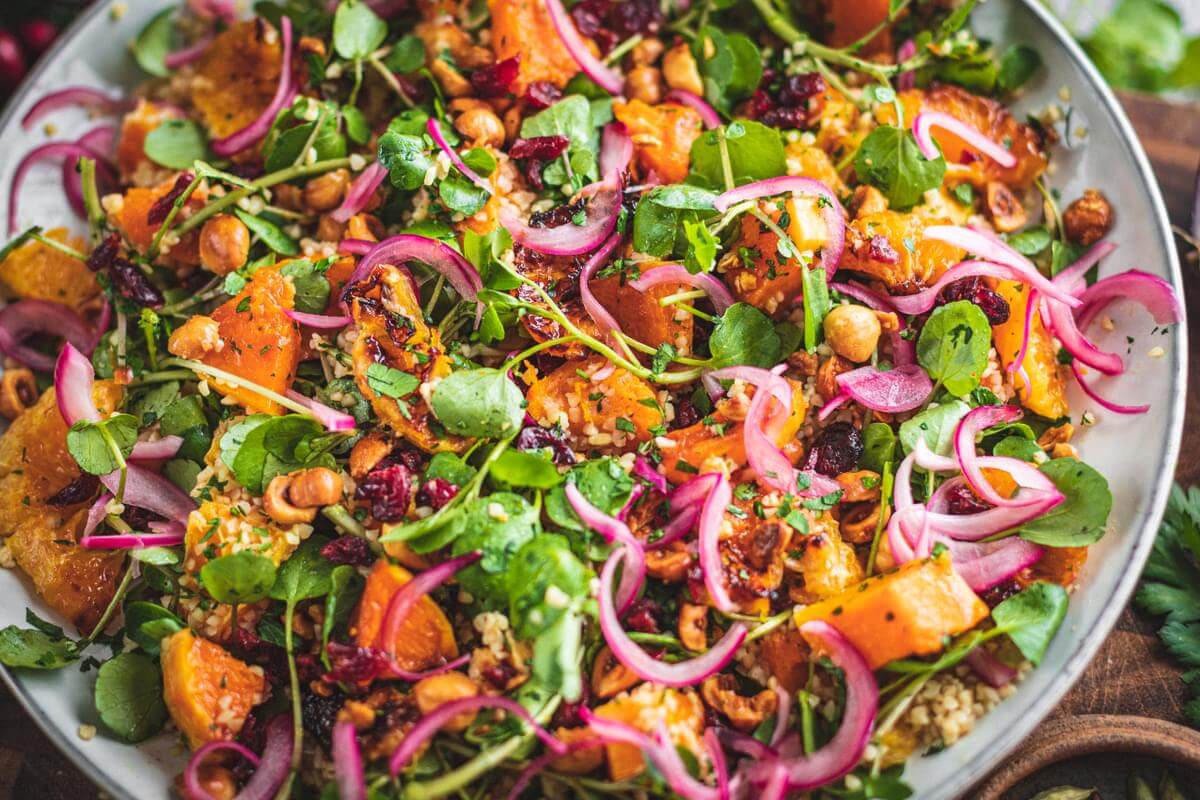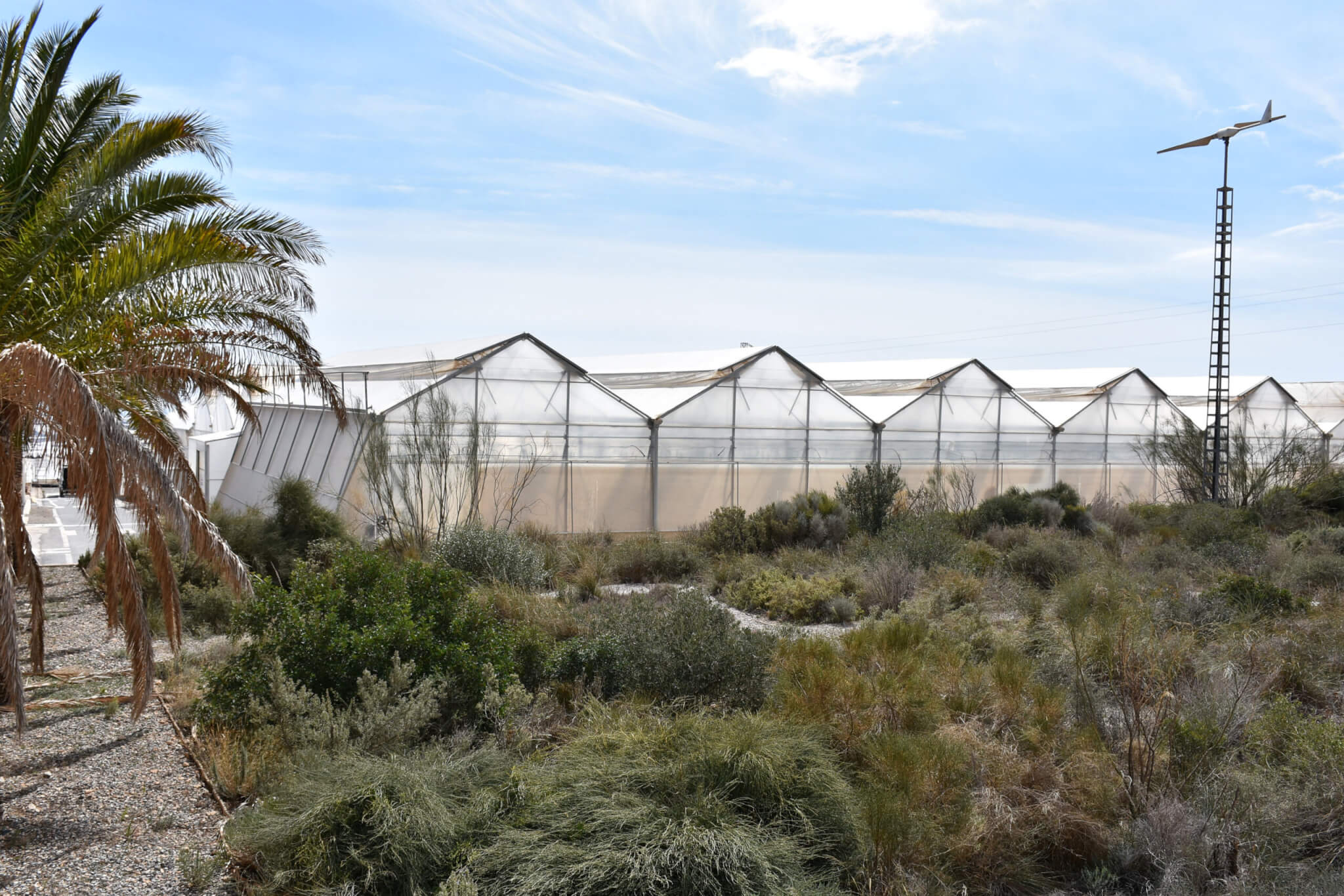Gleaning is the act of collecting leftover crops after harvest and is still practised today. It has its roots as an ancient right and is even mentioned in the Bible. It was once a seasonal activity of commoners (landless residents), who were allowed by the landowner to gather crop remains.
This was a necessary boost, where livelihoods of those living off the land were largely dictated by seasons and favourable weather. Traditionally in the UK this was wheat for bread, and roots.
Gathering the gleanings was mainly done by women, children and the infirm, despite it often being back-breaking work. The church bells would ring to mark the start and the end of the gleaning sessions. In good years, it could provide enough wheat for the harvester to make bread for the year.
Gleaning events were also a time for socialising and celebrating, with processions to the field and the choosing of a ‘gleaning queen’, bringing a social dimension to what would otherwise be plain old hard graft.
Around 4,000 acts of parliament, from 1760 to 1870 transferred around one sixth the area of England into private ownership. Gleaning was a casualty of this movement to make property truly private and the legal right to glean was effectively rescinded after the Steel versus Houghton court decision in 1788.

The labour demands of the industrial revolution and the introduction of mechanical harvesting further diminished profitable gleaning and this compounded an increasingly precarious existence in the countryside that led to mass migration to the cities.
This disconnection from the land as people were displaced to cities was an act of social vandalism. It disempowered those who were previously managing their own food resources in the countryside. In parallels with many of the present-day food insecure, their staple food in the city was cheap bread, in this case made from cheap imported corn.
Community connections forged by the traditions associated with the agrarian life also fractured. Both the collaborative nature of peasant farming pre-enclosure and the act of gleaning were not just ways of feeding oneself; they brought dignity and social connectivity.
The pandemic, like the enclosures, has been a huge social upheaval. It has given many of us a fresh perspective on the power of community connection through the proliferation of mutual aid groups and a renewed appreciation for the work of farmers in feeding us.
It also connected us with feelings of injustice when witnessing the (at times) poor provision for the food insecure. Let’s channel this anger positively and build on shaping food security centred on dignity for all.












Thank you for this article, I was unaware of this term ‘gleaning’. I do so agree with these ideas about dignity and food security for all. I hope, as humans begin to understand the harm we have done to this planet and each other, we will become less selfish and consider others as we would ourselves.